Natural Ways to Get Rid of Cockroaches
Published Nov. 19 2020, 5:19 p.m. ET
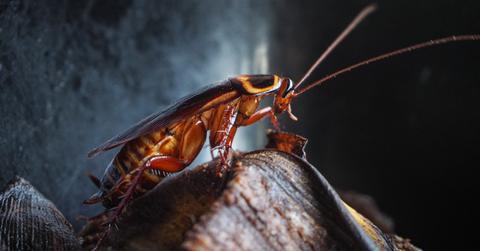
Cockroaches are not only prolific breeders and resilient pests, they are large enough to be both unsettling to behold and destructive if left unchecked. Even the cleanest homes can find themselves the target of a roach infestation and once they do, it’s going to be fairly difficult to get rid of cockroaches.
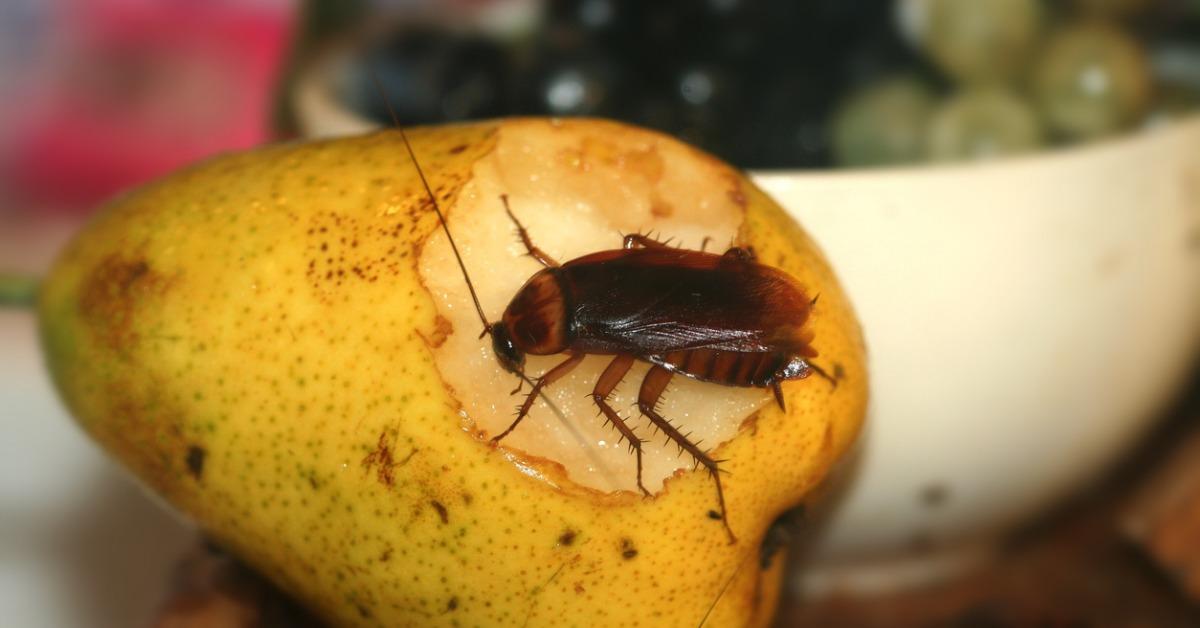
What do cockroaches look like?
The two most common types of cockroaches, according to PestWorld, are the German cockroach and the American cockroach. The German cockroach is dark brown and around one-half of an inch to five-eights of an inch in size, while the American cockroach is even darker and larger, coming in at around 1.5 to 2 inches in size. Both varieties tend to be nocturnal and are most commonly sighted near food or water sources in your home.
Cockroaches are often confused for water bugs, a smaller variety of prolific breeding insects that can grow up to 2 inches long. Water bugs are more commonly found in or even around water and are far less shy than cockroaches. They might even bite you if you feel threatened, whereas a regular cockroach might just flee.
The other main differentiator between cockroaches and water bugs is their eating habits. Western Exterminator describes water bugs are hunters that inject their prey with a liquefying enzyme, while cockroaches are scavengers. You don’t want either in your home, of course, but water bugs are generally not considered pests in the same way that cockroaches are — and for good reason.
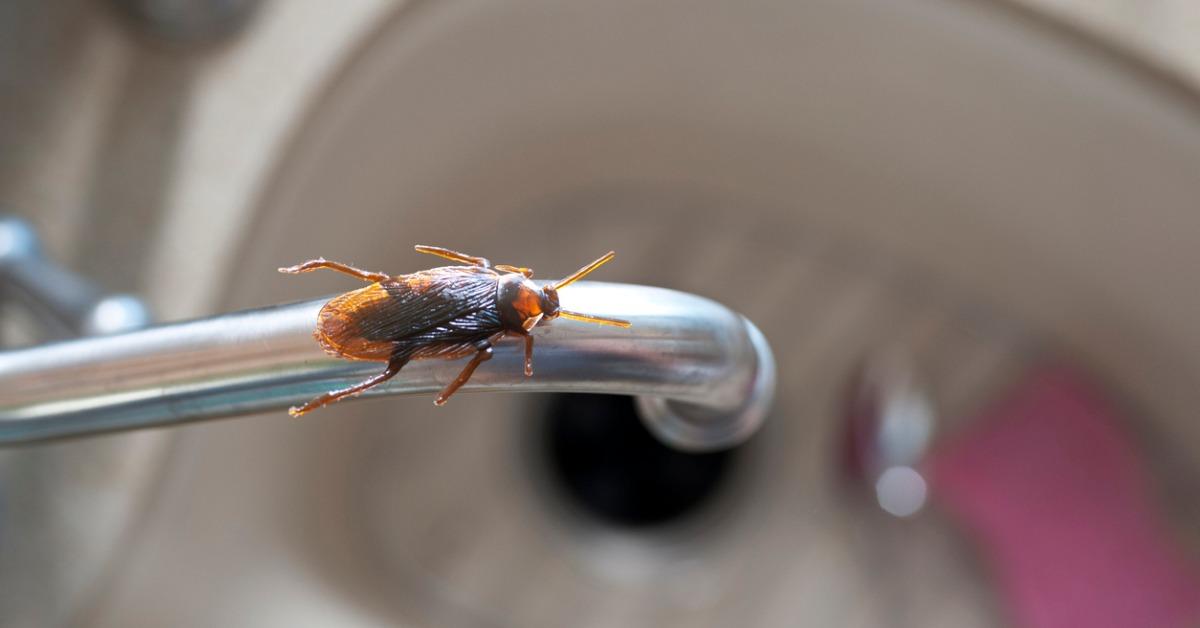
Why do I have cockroaches?
Whether it's mice or ants, gnats or drain flies, water bugs or cockroaches, all pests are drawn to our homes for the same things: food and water. Roaches, which are naturally shy, tend to look for homes with fewer people and more mess. Errant pet food on the floor or crumbs on the counters, an excess of garbage, or even excess moisture in a humid basement are all perfectly desirable to roaches.
Roaches come in through foundational cracks or through vents and open pipes. They can also come in attached to food or other items that were brought in from another location. As disgusting as it sounds, roaches are not uncommon in places where lots of food and drink is stored and utilized. Even the cleanest schools and supermarkets will have some type of roach problem now and then. If that happens, roaches can find their way into your home attached to a child’s knapsack or in a disposable shopping bag.
How do I get rid of cockroaches?
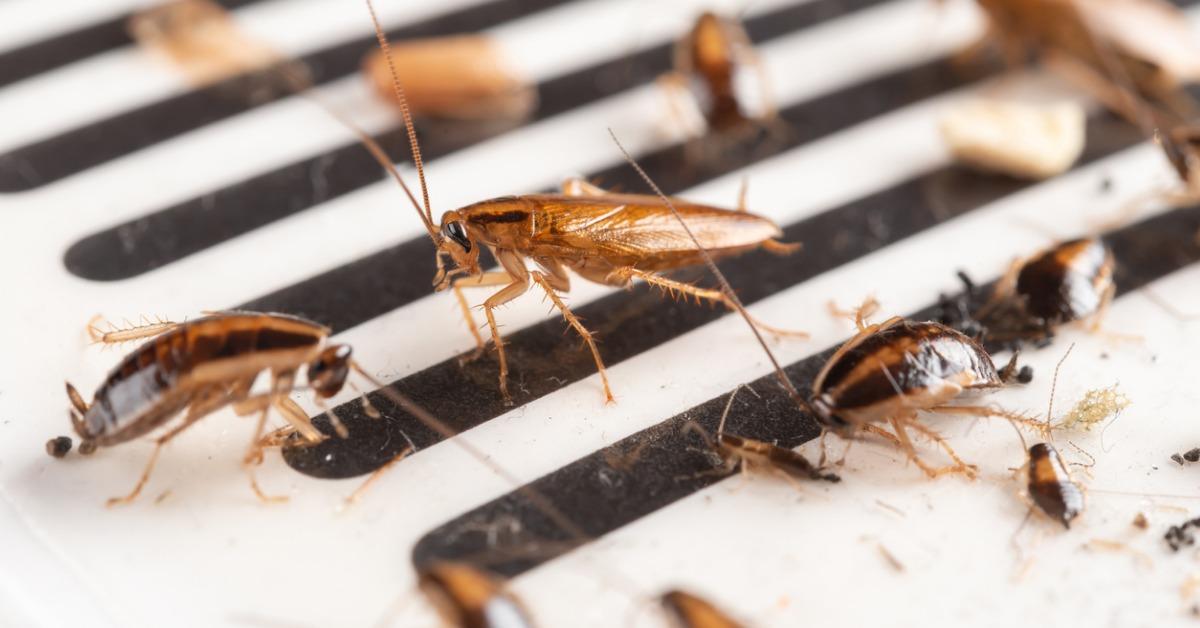
Utilize preventative measures to keep cockroaches away.
This might sound like an elementary bit of advice, but the best way to get rid of roaches might be to be clean enough to not have roaches in the first place. Roaches are attracted to messy, dirty homes because they are always looking for food. If there is no food on the floor or countertops, no drops of water leaking from a faucet, then the roaches won’t want to stay, and they certainly won't want to set up shop.
The Anti-Pesto blog considers good preventative measures to be things like:
- Washing dishes and putting meals away right after you are finished eating.
- Cleaning up spills or crumbs immediately.
- Taking out the garbage daily and right before you go to sleep.
- Cleaning stove tops of grease or caked on foodstuffs.
- Ensuring that all food that is left out or unrefrigerated is completely sealed.
- Mopping and keeping all surfaces clean on a regular basis.
Can I use any household items to get rid of roaches?
According to Cockroach Facts, one of the easiest, most effective roach remedies involves sprinkling a handful of baking soda on a diced onion and leaving it anywhere that your roaches tend to frequent. The roaches are drawn to the smell but don’t know that eating this gross little mixture might end up dissolving their innards faster than a grade-school volcano.
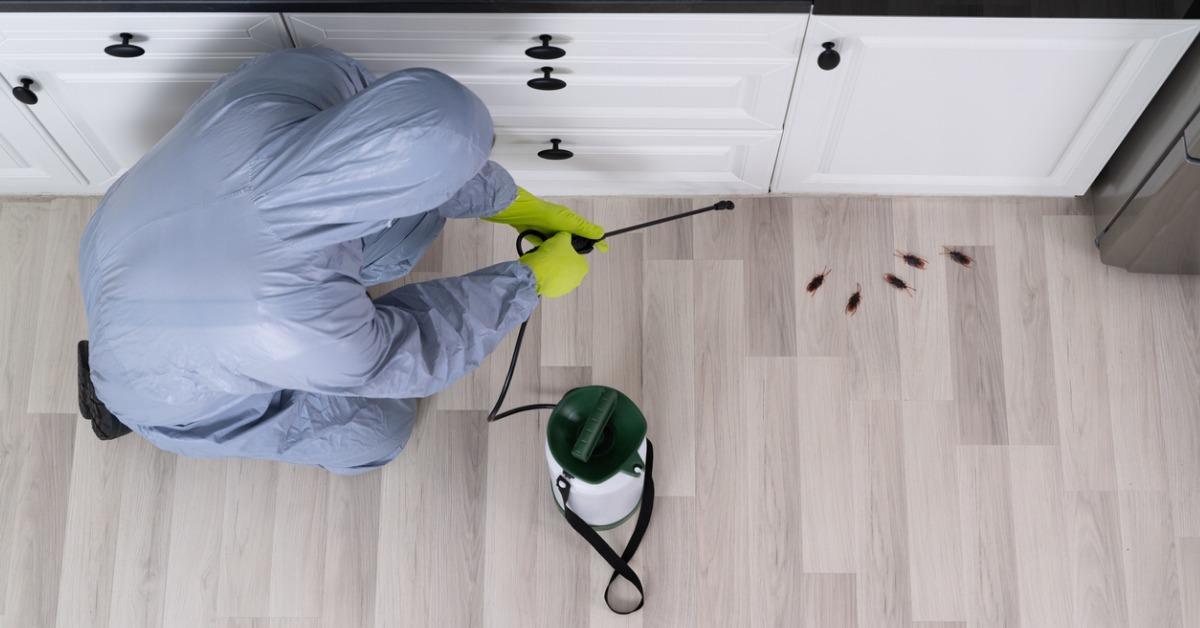
Borax or boric acid can help keep roaches away.
The most effective DIY roach remedy seems to be borax or boric acid. Borax, which has the chemical name of sodium tetraborate, works by dehydrating roaches from the inside out. According to Cockroach Facts, this borax can even be ingested or otherwise absorbed through their exoskeletons, thereby desiccating the bugs from the inside out. There’s only one problem with this: borax on its own does not attract roaches. So how then do we get them to eat it?
It’s simple: borax is usually sold as a powder. So the best thing to do is sprinkle it on a piece of orange peel, roll it in peanut butter, blend it with some sugar, or mix it with flour and sugar to make a sort of dough ball. Even if the roach doesn’t eat it right away, the borax may attach to the tiny hairs on their legs by static electricity, which the roach will then attempt to clean with their mandible later on. Once the borax is ingested, it’s only a matter of time before the roach is doomed.
The same chemical will work on ants as well. Just be warned that this type of chemical isn’t great for kids or animals to ingest either. If you have other pets or small children, you may want to be careful about where you place these homemade roach balls.
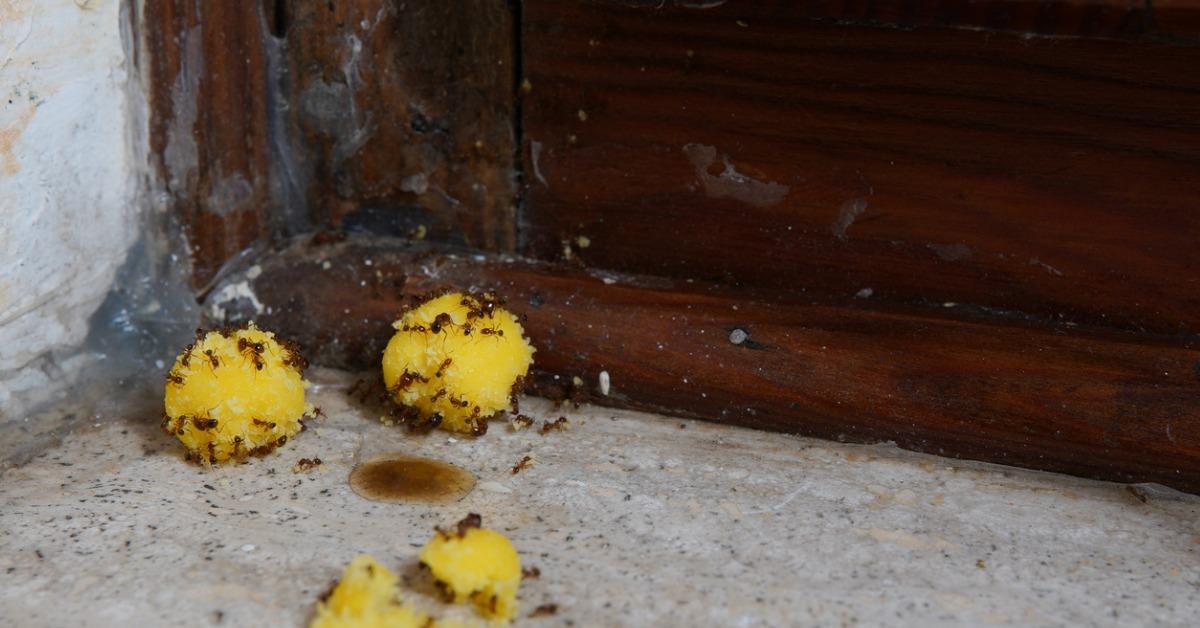
Conventional roach traps are not ideal, but they can be effective.
If you’ve tried all the other methods for killing roaches and have come up short, you could always go back to the effective store-bought roach traps and baits. You can find most of these in any supermarket or home improvement store. Many of the traps use poisonous bait that kills roaches when ingested. Other traps utilize the same inhumane sticky coating used by adhesive mouse traps.
Unfortunately, while effective, these traps are cruel and not ideal — and neither is the toxic, chemical-based bait found in other types of roach motels. Neither are items you want sitting around your house, especially if you have any kids or pets who could get into them.
When should I call an exterminator about cockroaches?
Roaches breed rapidly, which means that if you’re not prepared for them or if you only noticed them after they’ve begun propagating, you might already have a big problem on your hands. The truth of the matter is that even using any of the aforementioned DIY methods, you may still have a serious infestation.
If this happens, don’t feel embarrassed about contacting an licensed exterminator. And don’t be too worried about having harsh or toxic chemicals in your home. There are many exterminators out there who specialize in organic and environmentally-friendly extermination methods.